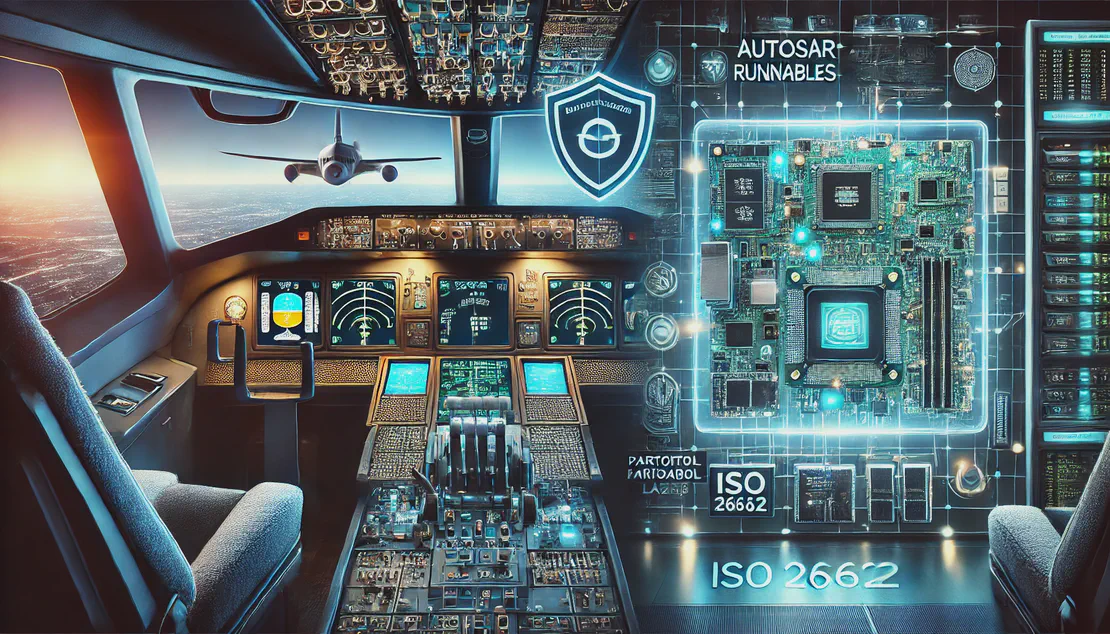
Accelerating AUTOSAR Innovation: easycore Supports Client in Prototyping AUTOSAR 4-Based Systems
- easycore
- Embedded systems
- January 24, 2014
Table of Contents
Project Overview: Building a Foundation for Scalability
Objective:
Validate core AUTOSAR 4 functionalities essential for series production, including:
- Error memory (DTC) management
- Diagnostic communication (UDS/OBD)
- ECU configuration and calibration
Technical Stack:
- AUTOSAR Version: 4.x
- Runtime Environment: ArcticCore AUTOSAR Stack
- Hardware: PowerPC (PPC)-based embedded platform
- Toolchain: ArcCore’s integrated development environment
Key Focus Areas
Error Memory Systems
- Implementation of Diagnostic Trouble Code (DTC) storage/retrieval
- Integration with onboard diagnostics (OBD-II) standards
Diagnostic Communication
- Unified Diagnostic Services (UDS) protocol compliance
- CAN/LIN network simulation for fault injection testing
Production Readiness
- Performance benchmarking under automotive temperature ranges
- Memory optimization for resource-constrained ECUs
Why AUTOSAR 4 and ArcticCore?
- Standardized Architecture: AUTOSAR 4 ensures interoperability across OEMs and Tier 1 suppliers.
- ArcticCore Advantages:
- Lightweight, modular stack ideal for PPC architectures
- Pre-configured BSW modules for rapid prototyping
- Compliance with ISO 26262 functional safety requirements
Client Benefits
- Risk Mitigation: Validate AUTOSAR functions before series development
- Cost Efficiency: Reusable prototype architecture reduces future R&D effort
- Scalability: Modular design supports future expansion (e.g., cybersecurity modules, OTA updates)
Explore AUTOSAR 4: Learn more at autosar.org
Discover ArcticCore: Visit arccore.com
easycore – Powering Automotive Software Excellence
